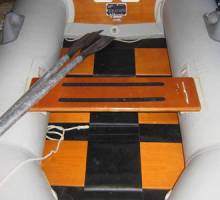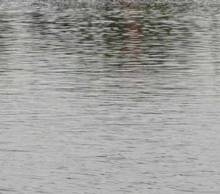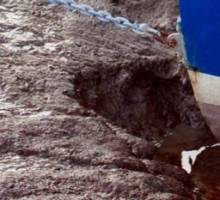
Weil’s Disease (Leptospirosis)
Weil’s Disease (Leptospirosis) – As the boatshedkent.com yacht broker I am selling all sorts of different boats including barges, narrow boats and cruisers that are mostly for canals, rivers and inland waterways. During my travels in and around boatyards and clubs I have occasionally heard comment about Weil’s disease but recently I received some slightly more official advice on the subject whilst canoeing in Kent. This was merely general advice given nationally but it did cause me to pause and think how this could impact upon other water based activities such as dinghy sailing and general boating. So I thought it might be worth looking into the subject more closely because, after all, I personally spend a fair amount of time looking at boats along inland waterways such as the Medway and Swale, and across the country as a whole, there are many recreational areas that we all enjoy where we could come into close contact with the rat’s habitat. This should not stop you from having fun on inland waterways or lakes and as the boatshedkent.com yacht broker this doesn’t put me off my travels, but it does make you think about how we should all consider taking precautions when in and around boating areas. So here are my findings and thoughts on the subject.
Weil’s disease is an infection that comes from rats. Most particularly it is contained in rat urine. The attraction of rivers and lakes to our local rat population is probably very high as many will live along or close to these areas and will see them as very good sources of food. As a result, there is a chance that rat urine can get into the water or may be covering the ground or vegetation in neighbouring areas.
The symptoms are described as being very much like a mild-flu but these can develop into very serious conditions including bleeding and organ failure especially if not diagnosed. It is reported that these symptoms can arise between 3 and 19 days after exposure to the disease. The NHS website reports that the incidence of the disease is very low with an average of about 40 cases per year and it can be treated with antibiotics. Deaths from the disease are very rare especially when we have good quality healthcare, but there is a risk and we should all be careful. The disease is understood to be mostly caught when a person comes into close contact with the disease such as via the eyes, mouth, nose or any cuts in the skin.
Thus, a few sensible precautions spring to mind:-
1) Cover any cuts, sores or breaks in the skin with plasters.
2) Be particularly careful if you cut yourself near the water and clean/disinfect the cut or sore area as soon as possible.
3) Think about food and be careful where you leave it. Use sealed containers to store your food especially when outdoors and don’t consume food that has fallen on the ground.
4) Always wash your hands especially before you eat food.
5) Never put your hand (or anything else) in your mouth after immersion in river or lake water.
6) Be careful when fishing. Store your bait carefully and never put bait in your mouth.
7) Never touch a dead animal especially a rat.
Lets not stop having fun but be wary if you fall ill or feel unwell and seek medical advice at the earliest opportunity. If you become unwell after a river or boating trip then you should tell your Doctor of this fact. Weil’s disease is understood to be a notifiable disease and the local public health officer should also be informed.
The NHS has a good website
Whist this article mostly covers inland waterways I suppose these issues are also appropriate to most parts of our everyday lives and it makes good sense to be careful all the time.
Suzzanne McDonald.
www.boatshedkent.com





